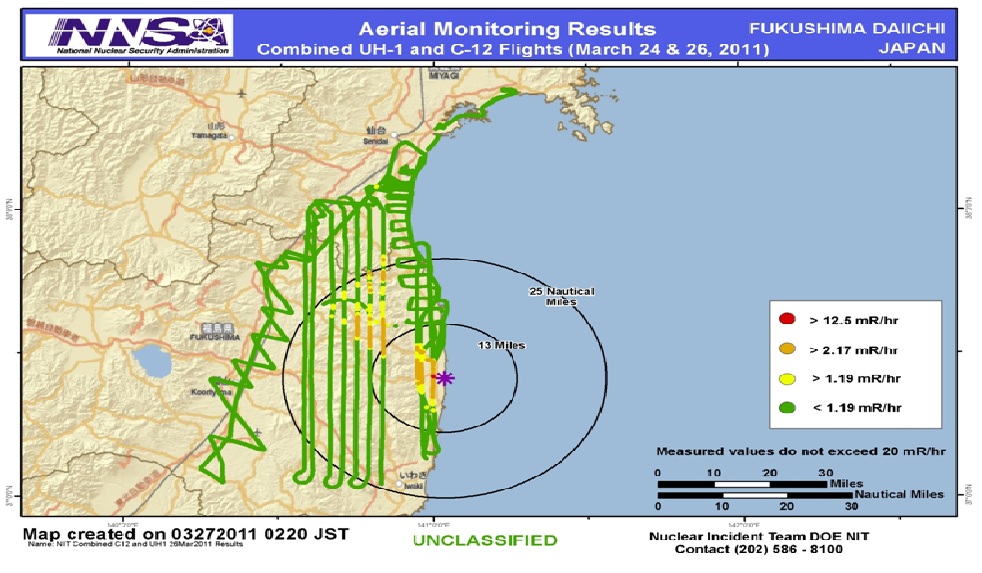Radiation from the Fukushima disaster was predicted to reach U.S. coastal waters in early 2014 and peak in 2016. This dire prediction is proving true. Officials announced that the Pacific Ocean, which makes up approximately one-third of the world’s surface area, has been contaminated with radiation by Fukushima.
All of this just so happens to coincide with the rise in dead marine life. Six dead whales washed up on the San Francisco Bay shores within a five-week time period this year. Furthermore, since the Fukushima disaster, an alarming number of starved sea lion pups have plagued the shores of Southern California.
